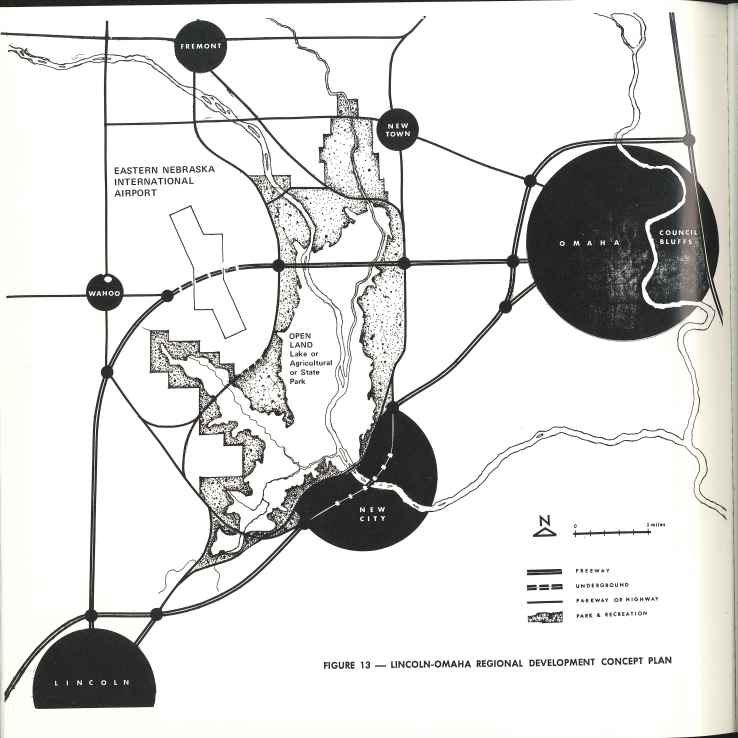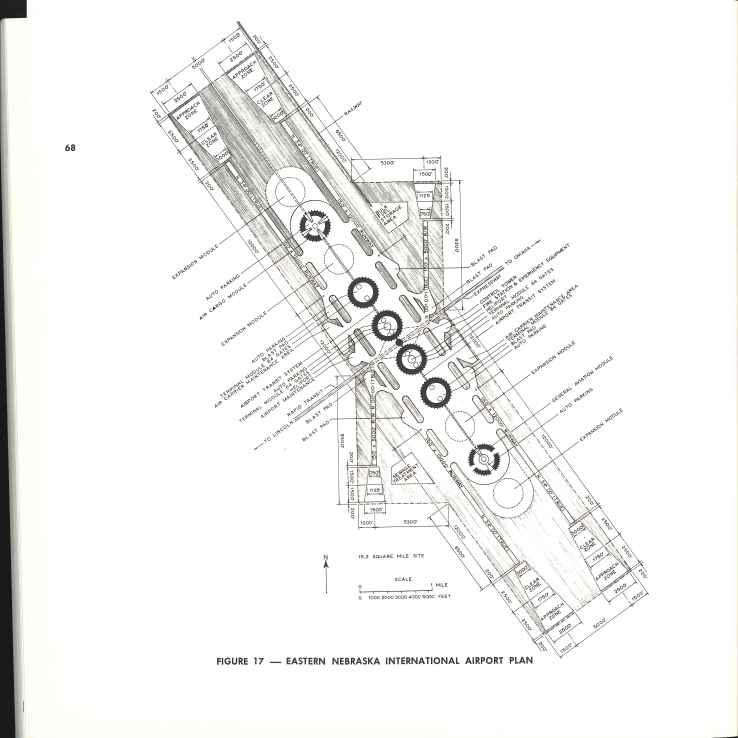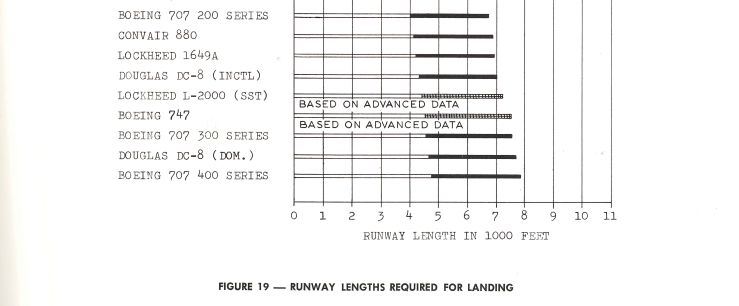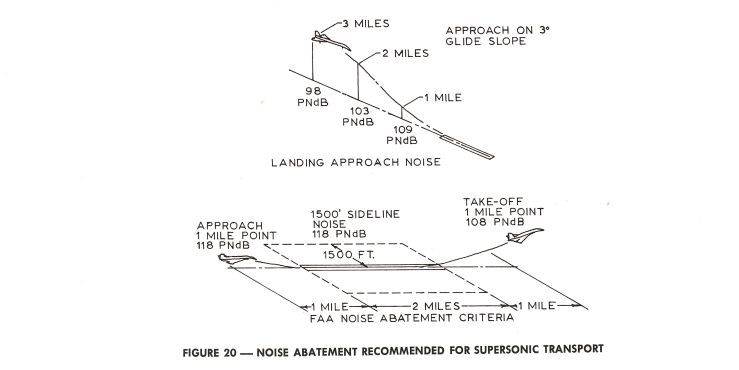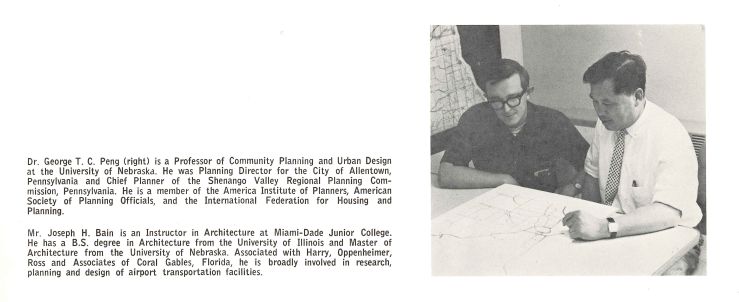
Remember when there was an organization in town that tried to change the way we see our city by presenting a fully-fleshed out idea for a project? I miss Emerging Terrain. The people behind that organization were onto something when they dove into their Belt Line project. The idea was simple, yet revolutionary: take an abandoned freight rail corridor cutting through the middle of Omaha and Bellevue and create a linear park and transportation corridor to spur economic development. What sort of transportation? How about a light rail line paired with a trail? Sound crazy? Atlanta is doing it.
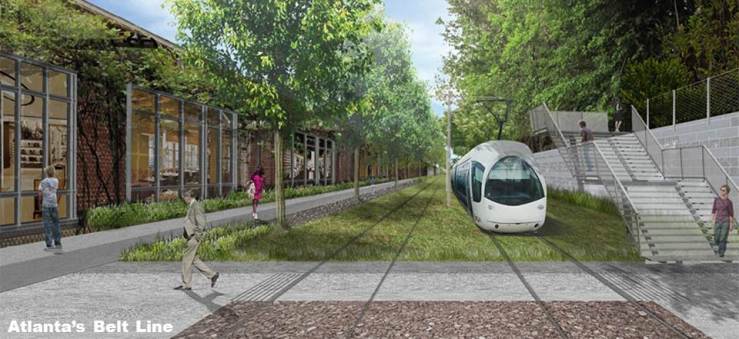
As if the vision wasn’t cool enough, Emerging Terrain went the extra length to create a feasibility study looking at demographics, costs, the state of existing development, and the potential for future development, all presented with clear graphics.
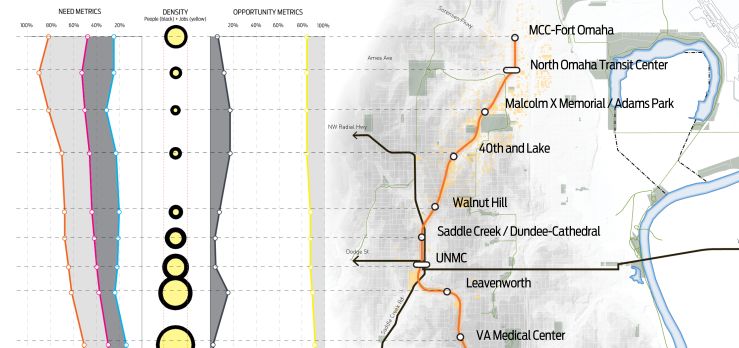
If built in its entirety, Omaha’s Belt Line would run from the Metro Community College Campus in North Omaha, through UNMC and the VA Hospital, past the Metro Community College in South Omaha, and all the way down to the front gates of Offutt. Of course, it could also swing over to Carter Lake.

One of the things that made Emerging Terrain’s project so interesting was its focus on process. The project included a novel public outreach campaign through a series of open studios and walking and bicycle tours of the northern portion of the route. It considered public space, transportation, land use, equity, and landscape as an interconnected whole to offer a project that could actually transform our city’s vision of itself. It also considered the political requirements for development.
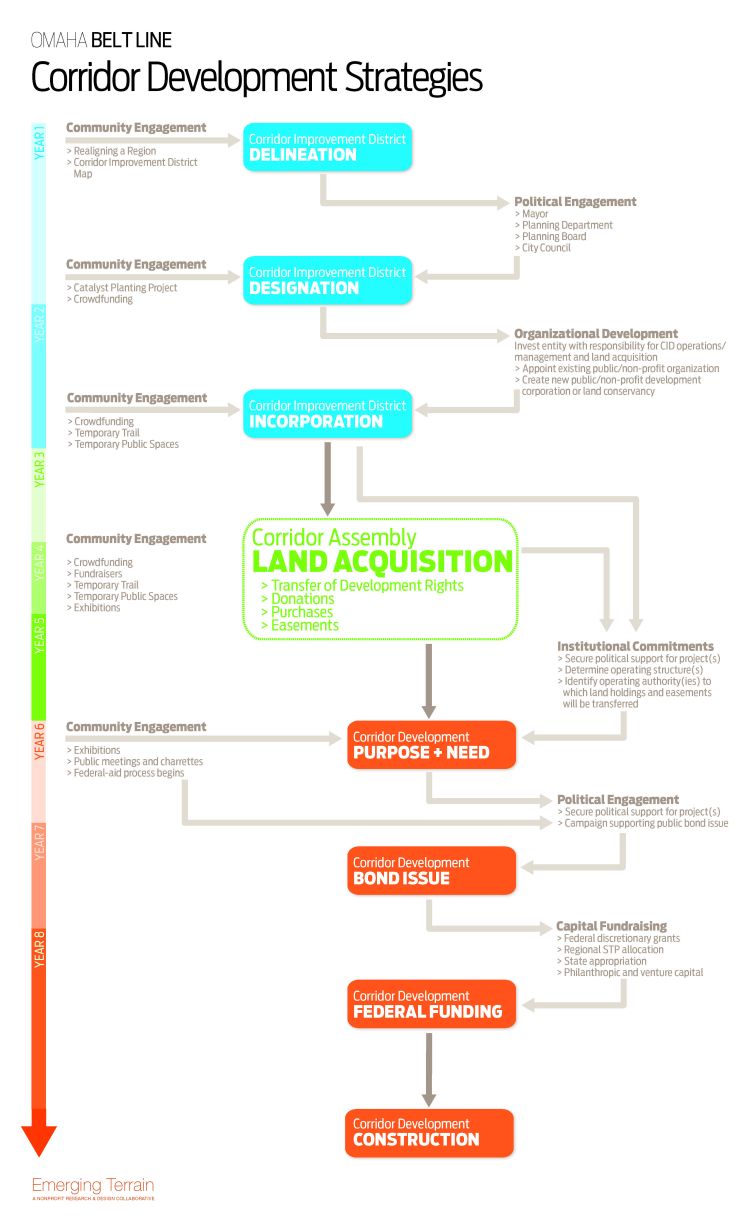
This is the type of project – and more importantly, the type of thinking – that I’d like to see more of in Omaha. Even if the Belt Line never gets built (though it should), it served as a perfect example of good process. I encourage you to check out the full proposal here.



